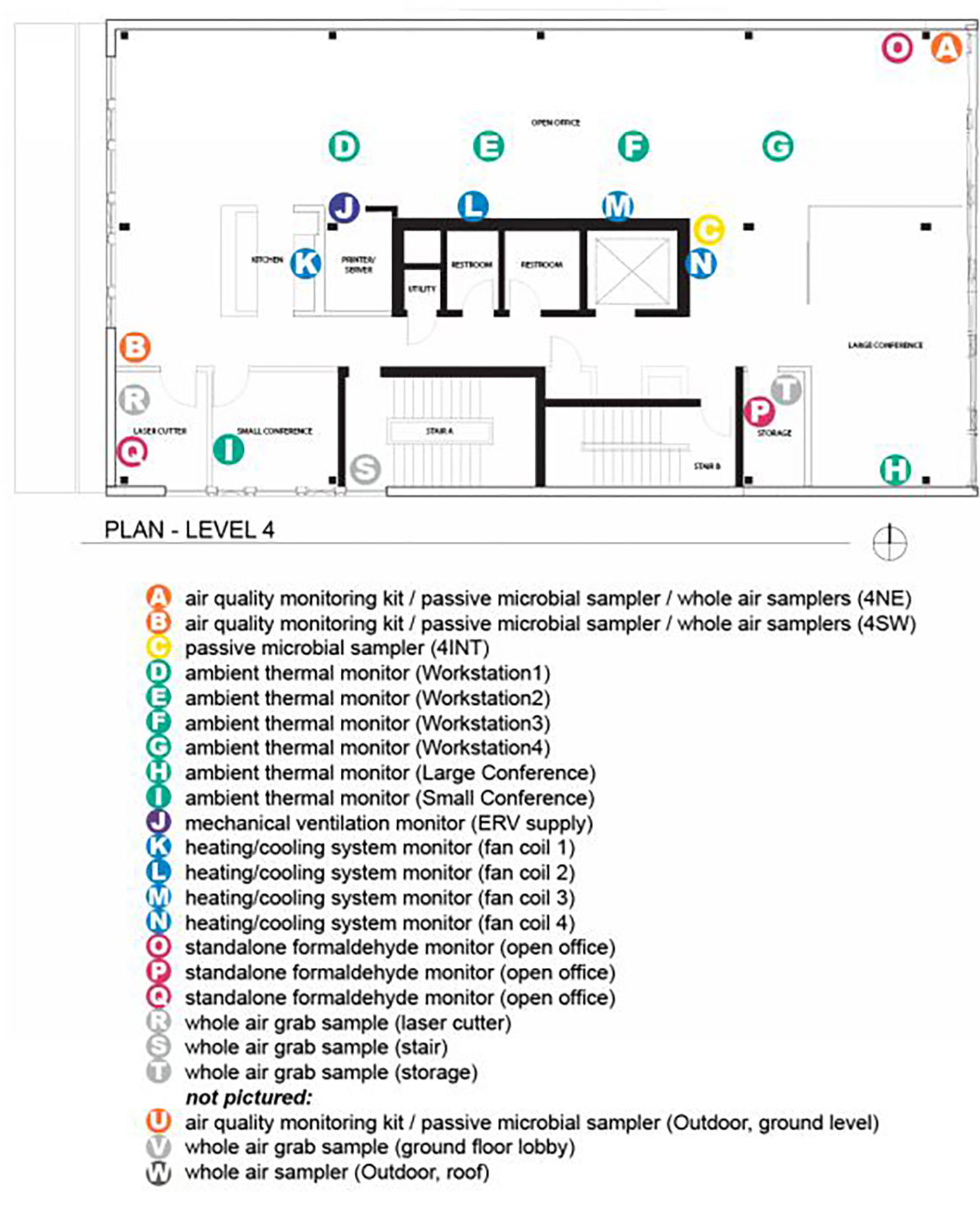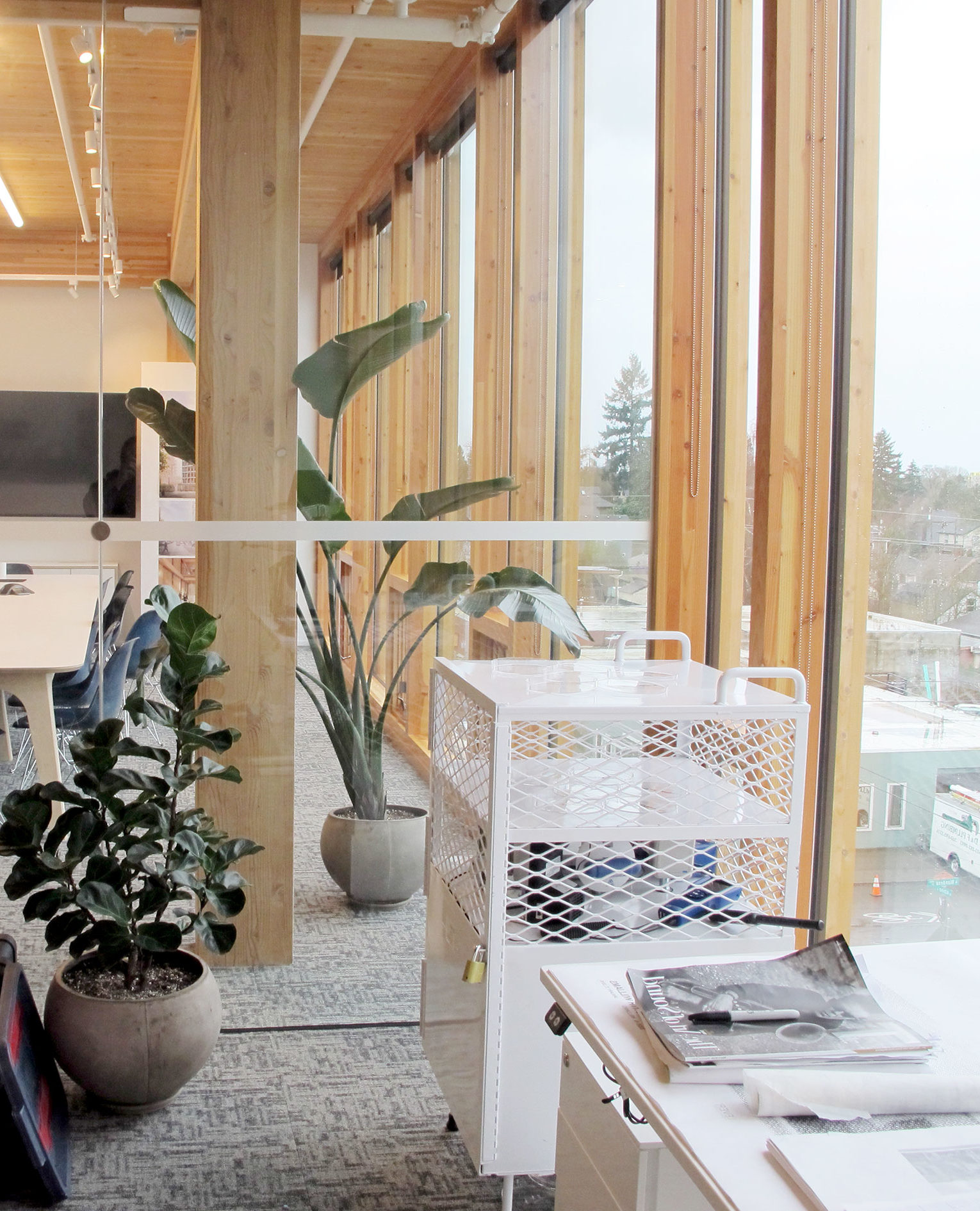At FFA we strive to design quality, timeless, aesthetic, and sustainable buildings that prioritize occupant wellness. The use of mass timber wood products is one sustainable design solution we incorporate into our buildings, including the use of cross-laminated timber (CLT) on the new Beaverton Public Safety Center and Robert Libke Public Safety Building. As the use of mass timber becomes more widespread, we are realizing the impacts these materials have on the health and wellness of building occupants. As an industry we are working to discover the exact benefit these materials have for our clients and the people who use the buildings day in and day out.
More testing is key in establishing specific mass timber use implications. Andrew Loia, PE, an architectural designer and wood product enthusiast, joined FFA in 2018 and has provided architectural support on projects including the Chemeketa Community College Agricultural Complex, TriMet Transit Central Police Precinct, and the WOU Natural Sciences Building Renovation. Prior to joining FFA, Andrew completed a Graduate Research Fellowship at the University of Oregon’s Energy Studies in Buildings Laboratory (ESBL) while earning his Master of Architecture degree. During his fellowship, Andrew’s research focused on assessing performance of mass timber products in their final built condition.
While completing his studies, Andrew was part of a team that published the research paper, “Monitored Indoor Environmental Quality of a Mass Timber Office Building: A Case Study.” The paper was the result of a collaborative study between the ESBL in the University of Oregon’s Architecture Department and the Oregon State University Wood Sciences Department. Published June 13, 2019 in Buildings, an “international, scientific, peer-reviewed, open access journal on building science, building engineering and architecture published monthly online by MDPI” (https://www.mdpi.com/journal/buildings), the paper details how the performance of a case study building was assessed and how data was collected. Overall, the results are promising.


The mixed-use office building studied, built with CLT floor and roof assemblies and glue-laminated timber (GLT) beams and columns, was found to perform well in three key areas investigated. Indoor levels of VOCs, and in particular formaldehyde, were found below most recommended exposure limits; bacterial community composition varied by location in the building (as expected), and issues such as microbial overgrowth, building damage, or odor complaints were not found; and floor vibration was observed to be below recognized human comfort thresholds. Other indoor environmental quality indicators such as acoustic performance and occupant response were investigated in the study, but data were too limited and were omitted from the final paper.
Cross-laminated timber stands out for its strength, appearance, and renewable sourcing, as well as the potential construction cost benefit of expedited installation. Add to the list the potential occupant health, wellness, and comfort gains, and you can see the appeal of using mass timber materials. Thank you to the team at the University of Oregon and Oregon State University for your contribution.

